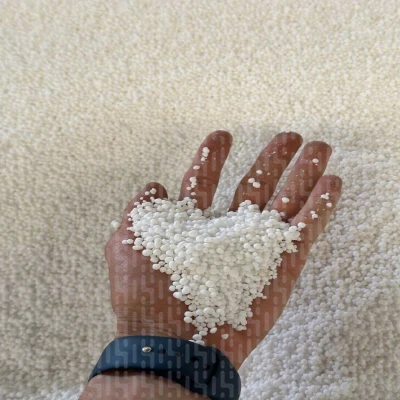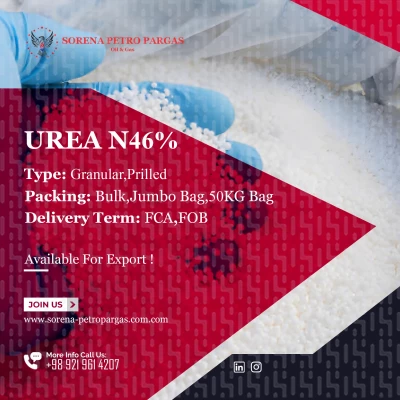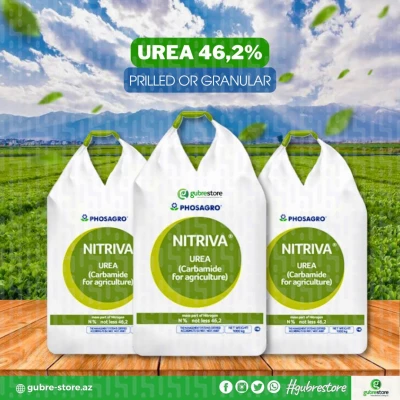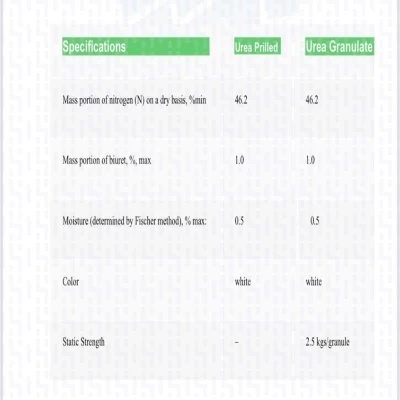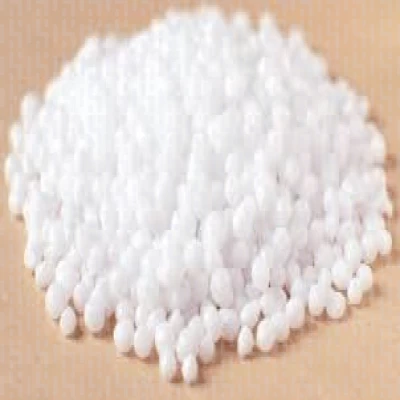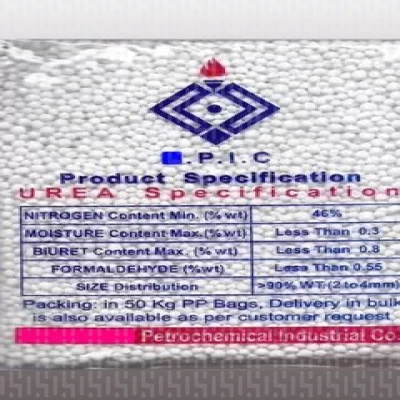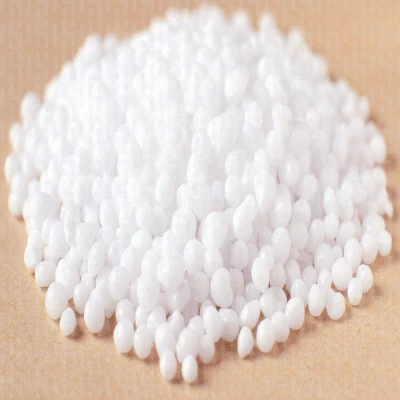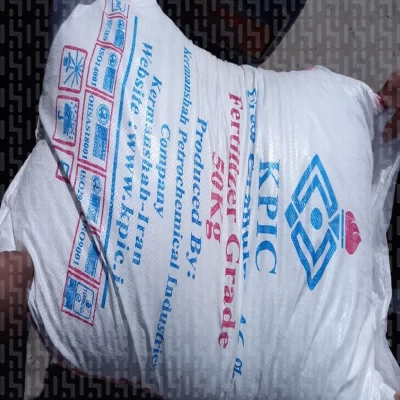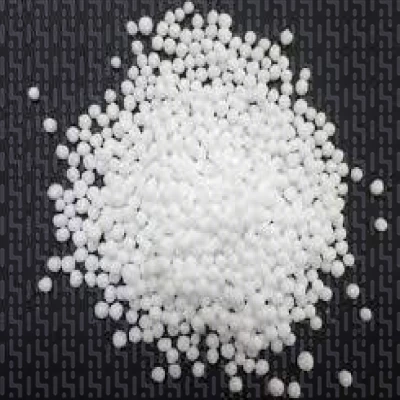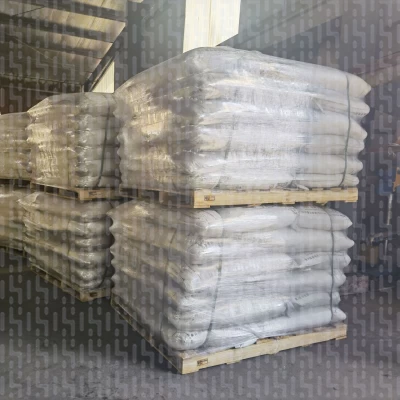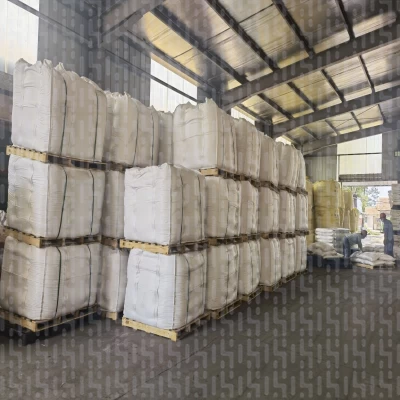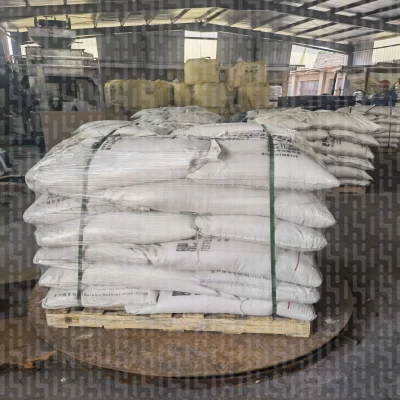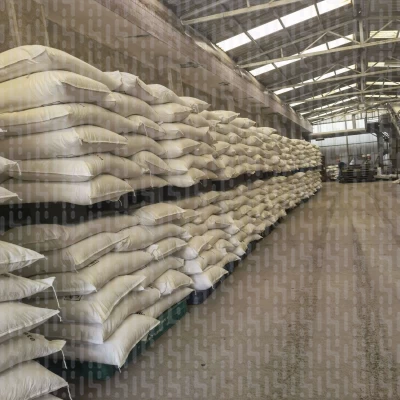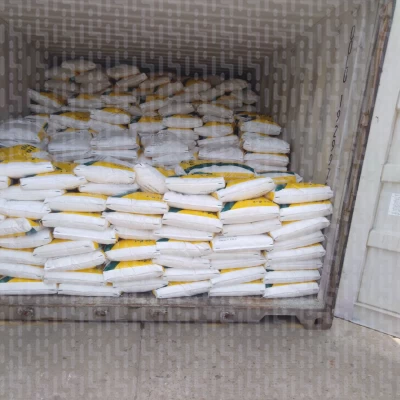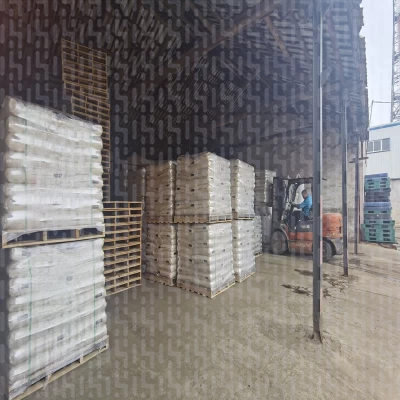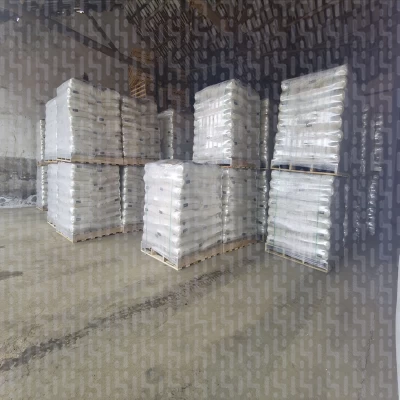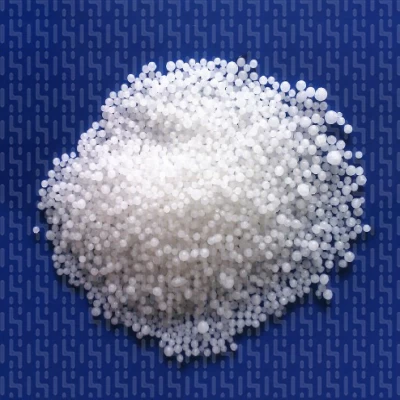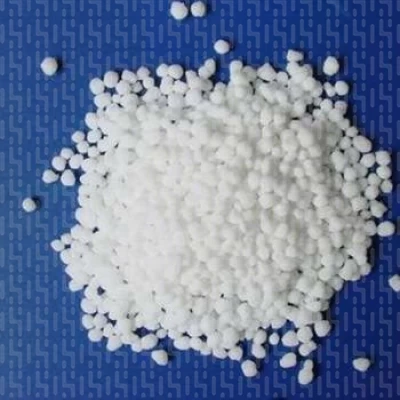As an online chemical trading market, we are supposed to offer helpful information about Urea suppliers that could help urea traders to find trustful suppliers. So here we introduce some of the best Urea suppliers: and some other tips that could help you to buy and sell Urea safer.
First notice that Urea is also called carbamide. It is rich in nitrogen, so it is a good choice for producing livestock supplements. It is soluble in water and does not cause any harm.
Top 10 Urea Suppliers in Iran
The trend of industrial urea production in the world is significant. Widely used in the production of animal feed additives, the pharmaceutical industry, medical and laboratory industries, etc. It has led to increased demand for purchase. For this reason, in this section, we introduce the most important urea production plants in Iran and the Middle East.
Table of the most important Urea suppliers:
| 1 | Persian Chemical |
| 2 | Karafarinan Vahdat |
| 3 | Tosee Tejarat Paydar Maya |
| 4 | Asre Shimi Mandegar |
| 5 | Petro Pars Arghavan |
| 6 | South Mahan Pardis |
| 7 | Amoot Iranian Co. |
| 8 | Avesina Shimi |
| 9 | Farma Pakhsh |
| 10 | Akoshimi |
Urea Buying Guide
It is important for most customers to buy industrial chemicals that provide quality products at competitive prices. This is also true of carbamide purchases. In this section, we will be familiar with the purchase guide and physical and chemical characteristics.
Product Quality
This compound is sold in the form of a white solid color. When shopping, make sure the bags are completely sealed. Any color change in this material can indicate that it is inferior. Carbamide is high quality, white and free of any bad smell.
Physical and chemical properties of urea
The chemical formula of carbamide is CH4N2O. It is solid and white and odorless. It is soluble in compounds such as ethanol, acetonitrile, glycerol in certain amounts. The most important compound similar to this material is called thiourea.
| Physical and chemical properties | |
| Chemical Formula | CH4N2O |
| Molar mass | 60.056 g·mol−1 |
| Appearance | White Solid |
| Density | 1.32 g/cm3 |
| Melting point | 133 to 135 °C (271 to 275 °F; 406 to 408 K) |
| Solubility | 500 g/L Glycerol 50g/L Ethanol ~4 g/L Acetonitrile |
| Acid dissociation constant | 13.9 |
Urea Manufacturing Methods
1-Industrial production of CH4N2O
In factories, carbamide is a product made from ammonia and carbon dioxide. In the vicinity of ammonia plants, an industrial carbamide manufacturing plant is also expected to be operating.
2- Synthetic production of carbamide
This synthetic method was first invented in 1922. This compound is formed in several processes of reactions. These reactions are below.
2 NH3 + CO2 ⇌ H2N-COONH4
ΔH = -117kJ / mol (at 110 atmospheres and 160 degrees Celsius)
H2N-COONH4 ⇌ (NH2) 2CO + H2O
ΔH = +15.5 kJ / mol (at 160-180 degrees Celsius)
3-Laboratory production method
These reactions are below.
COCl2 +4 RNH2 → (RNH) 2CO +2 RNH3Cl
NH4OCN → (NH2) 2CO
Urea usages
| Industry name | Usage |
| Agriculture | Production of chemical fertilizers containing nitrogen |
| Paint and Resin | Production of formaldehyde resin - production of melamine - production of plywood |
| Automobile industry | Application in selective catalysts to reduce vehicle exhaust pollutants |
| Laboratory | Preparation of protein-based solvents for research studies |
| Cosmetic and beauty | Production of skin care products - as a standard for measuring the amount of nitrogen in the blood - additive in the production of creams, shampoos and hair conditioners |
| Animal feed | Additive to animal feed (rich in nitrogen) |
| Other uses of urea | Production of teeth whitening products - an additive in the color bath - use as an additive in a fire extinguisher - as antifreeze |
Urea packaging and storage
Urea is offered in 50kg and 1000kg bags. Transportation of bags should be safely.
Maintenance, Loading and Delivery
Loading and maintenance of carbamide is carried out according to standard procedures. This material should be stored in dry and cool warehouses, with full ventilation and away from incompatible materials (oxidizing compounds, chlorinated materials).
Urea Safety Tips
Dust from this substance can irritate it by entering the respiratory system. Swallowing this substance causes nausea or digestive problems. Carbamide is chemically stable. It is better for people who are dealing with this material to wear safety work clothes, masks, glasses and gloves.
Competitive price to buy urea
Carbamide is used for chemical fertilizer production and then for animal feed. This material is offered in various quantity for consumer industries. You can buy high quality carbamide directly from suppliers through the Shimico website.
who invented urea?
urea is an organic compound that is the main nitrogen-containing substance in the urine of mammals. The French chemist Hilaire-Marin Rouelle isolated it from urine for the first time in 1773.
It was first synthesized from inorganic materials in 1828 by the German chemist Friedrich Wöhler, which was a landmark achievement in chemistry.
Wöhler was able to produce carbamide through two combinations of silver cyanate and ammonium chloride. The chemical formula of this compound is shown as CO(NH2)2.
Urea Price Insights for Iran and Global Markets in 2025
The urea market in Iran is a vital component of the global fertilizer industry, with prices reflecting both domestic production strengths and international demand.
For a 50 kg bag of urea, prices in Iran hover around $27.90, derived from the current per-ton rate of approximately $558.
Granular and prilled urea, both with 46% nitrogen content, are competitively priced, with FOB (Free on Board) rates in the Middle East, including Iran, at about $382.50 per ton.
Iran’s robust manufacturing base, featuring key producers listed on platforms like Palayeshcood, supports its role as a major exporter.
Global urea prices, averaging $608 per ton, have surged by 35.93% since early 2025, driven by supply shortages, rising agricultural demand, and geopolitical factors like natural gas constraints in Iran and export curbs in China.
ShimiCo, a prominent player in Iran’s fertilizer sector, offers reliable supply and competitive pricing, aligning with market trends to meet both local and global needs.
Looking ahead, the 2025 urea price forecast indicates sustained high prices due to ongoing supply challenges and strong demand for crops like wheat and corn.
Middle Eastern markets, including Iran, remain attractive for investors, with urea prices expected to stay elevated.
ShimiCo’s strategic position enables it to capitalize on these dynamics, ensuring high-quality urea supply for agricultural and industrial applications worldwide.
50 kg Urea Price in Iran
A 50 kg bag of urea in Iran is priced at approximately $27.90, reflecting the current per-ton rate of $558. Local market fluctuations and distribution costs may slightly adjust retail prices.
Granular Urea Price in Iran
Granular urea, prized for its high nitrogen content (46%), is a staple in Iran’s fertilizer exports. Its FOB price in the Middle East, including Iran, stands at around $382.50 per ton, offering value to global buyers.
Urea Price FOB Iran
Iran’s FOB urea price, covering both granular and prilled forms, is approximately $558 per ton, slightly below the global average of $608, making it a competitive choice for international markets.
Urea Manufacturers in Iran
Iran boasts a strong network of urea producers, such as those represented by Palayeshcood, delivering high-quality urea 46% for domestic and export markets, supporting global agricultural needs.
Urea 46 Price Per Ton Today
The price of urea 46% in Iran today is around $558 per ton, compared to the global average of $608. This competitive pricing underscores Iran’s pivotal role in the fertilizer industry.
Prilled Urea Price
Prilled urea, widely used in agriculture, is priced similarly to granular urea in Iran, with Middle East FOB prices at approximately $382.50 per ton, reflecting strong regional demand.
Urea Price Per Ton
Urea prices per ton in Iran are currently at $558, driven by global supply-demand dynamics and production costs. Globally, prices are higher at $608, influenced by agricultural and geopolitical factors.
Urea Price 2025
The 2025 urea market outlook suggests prices will remain high due to supply constraints and robust global demand. Iran’s competitive pricing positions it as a key supplier, with ShimiCo leading the charge.
Urea Price International Market
Globally, urea prices average $608 per ton in 2025, driven by supply shortages, seasonal agricultural demand, and geopolitical tensions. Iran’s prices remain competitive at $558 per ton.
Urea Price Middle East
In the Middle East, urea prices are bolstered by production hubs like Iran, with FOB prices at $382.50 per ton. Iran’s market, supported by ShimiCo, benefits from strong export demand.
Urea Price Investing
Investing in urea, such as through futures like UMEc1 (Urea Granular FOB Middle East), offers opportunities but carries risks due to price volatility from supply and geopolitical factors.
Urea Price Forecast
The 2025 urea price forecast predicts sustained high prices, with Middle Eastern markets, including Iran, maintaining competitiveness. ShimiCo’s strategic supply chain ensures reliable access to urea.
ShimiCo’s Urea Price Trends: Quoted vs. Unquoted
ShimiCo supplies unquoted urea at $540 – $570 per ton in Iran, negotiated privately, while quoted urea prices are $558 per ton (urea 46%), aligning with Middle East FOB rates of $382.50 per ton.
The chart below, optimized for low file size (<50 KB) and SEO, shows both price trends, reflecting a 35.93% rise since January 2025 due to global supply shortages and agricultural demand.













